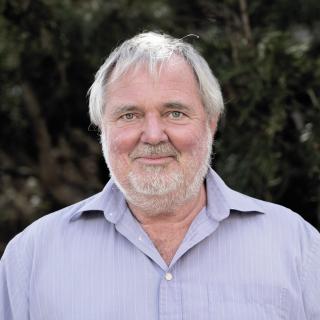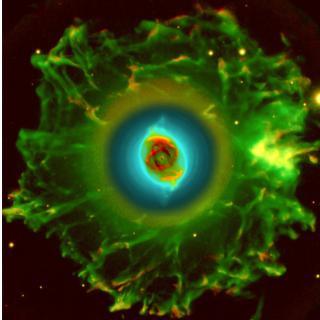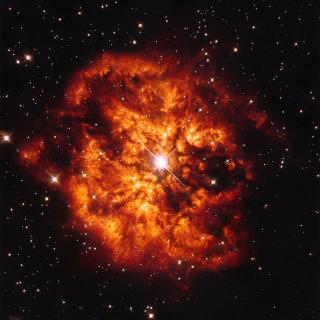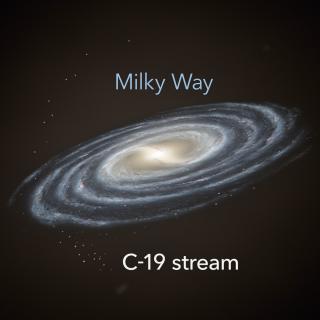
Professor Norbert Langer is currently head of the Stellar Physics Group at the Argelander-Institut für Astronomie (Bonn, Germany). Considered one of the world’s leading experts in the field of theoretical stellar Astrophysics, for more than three decades he has been researching the evolution of high mass, from their early stages to the point when they explode as supernovae. These stars play an important role in the evolution of their host galaxies. However, their short lifetime makes them very difficult to observe, raising many questions about their nature. A correct interpretation of the
Advertised on
![OSRIS spectra of the C-19 member stars Spectra of the C-19 member stars observed with OSIRIS, normalized using a running mean filter after removing the velocity signal in the rest frame (black lines), together with the best fit (blue lines) derived by adopting a fitting procedure. The metallicity, [Fe/H], computed from [M/H] and [Ca/H] is also indicated for each star.](/sites/default/files/styles/crop_square_2_2_to_320px/public/images/news/41586_2021_4162_Fig6_ESM_f.jpg?h=6246b455&itok=lNqI9pli)

![MUSE view of PN M 1-42 Left panel: spatial distribution of the auroral [N II] λ5755 emission line in the PN M 1-42 prior to applying the recombination contribution. Middle panel: spatial distribution of the N II λ5679 recombination line. Right panel: same as left panel after applying the recombination contribution correction.](/sites/default/files/styles/crop_square_2_2_to_320px/public/images/media/image/figura.jpg?h=87b882e3&itok=_BiZgjuV)

